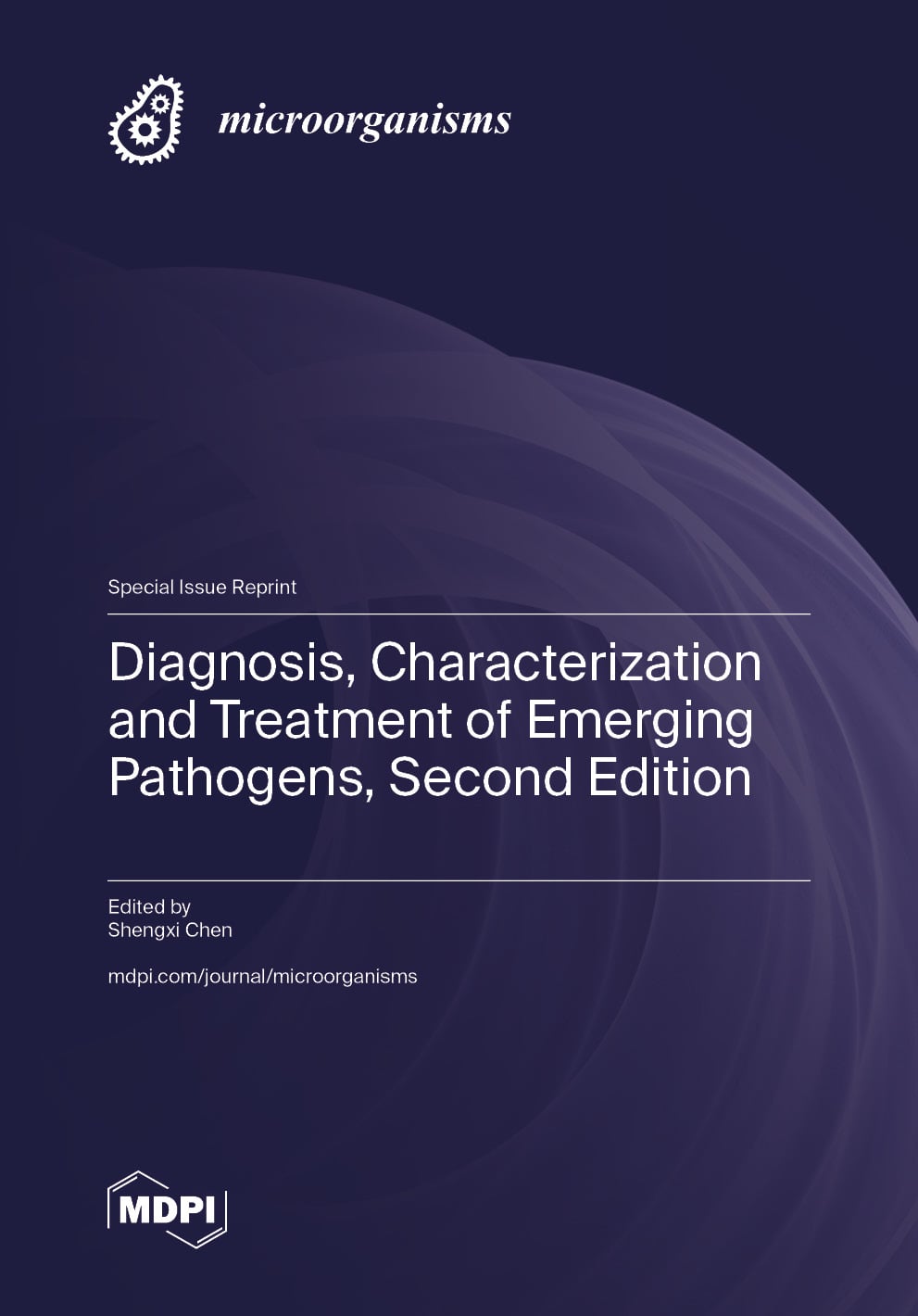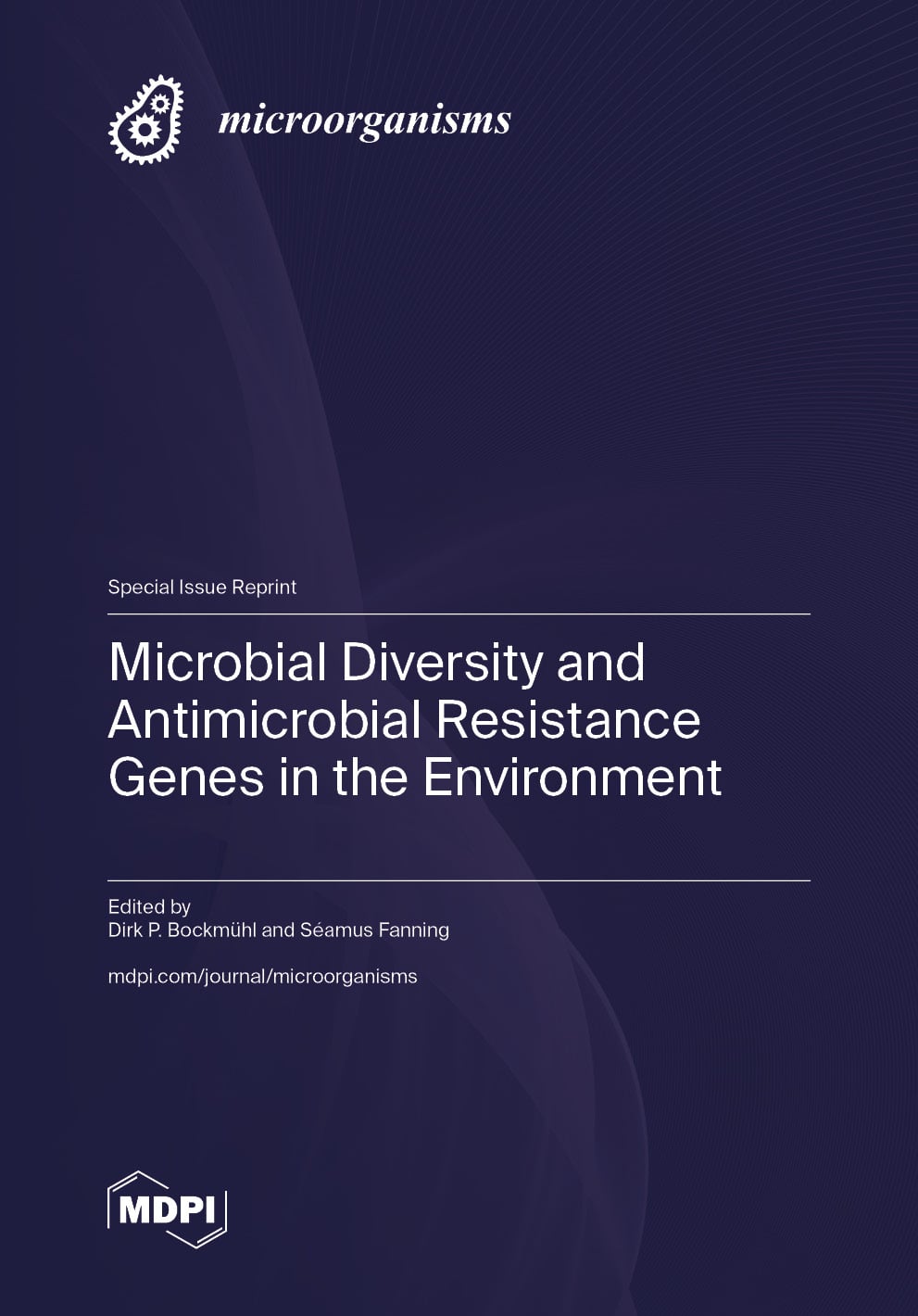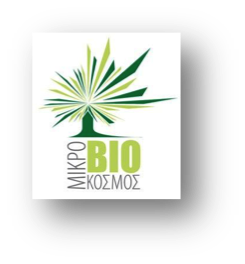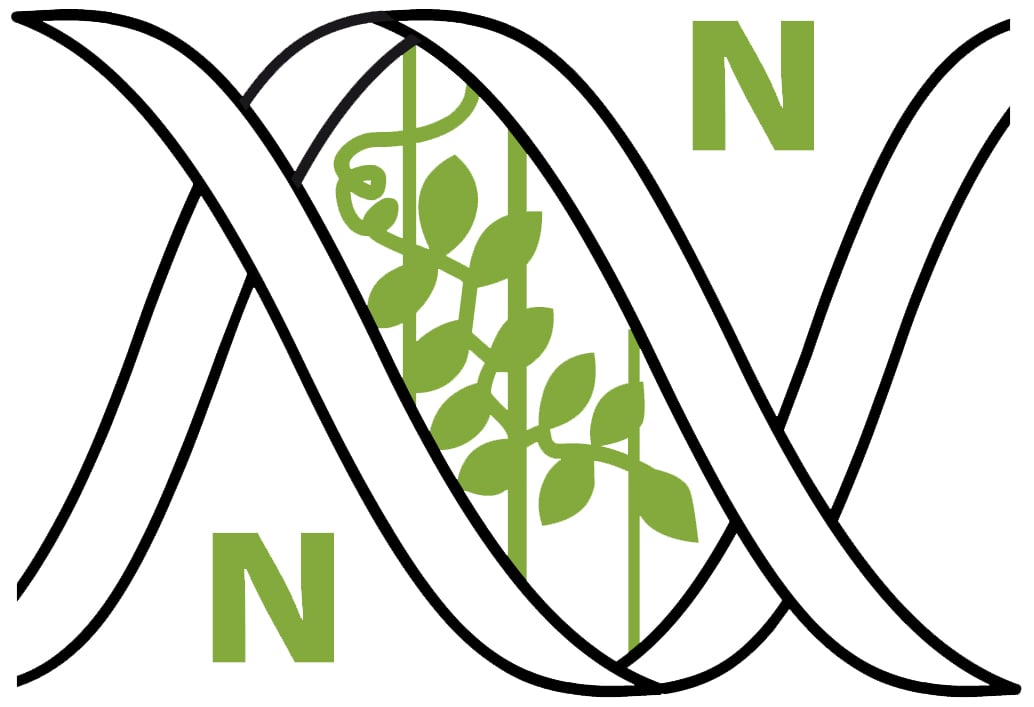- 4.2Impact Factor
- 7.7CiteScore
- 16 daysTime to First Decision
Microorganisms
Microorganisms is a scientific, peer-reviewed, open access journal of microbiology, published monthly online by MDPI.
The Hellenic Society Mikrobiokosmos (MBK), the Spanish Society for Nitrogen Fixation (SEFIN) and the Society for Microbial Ecology and Disease (SOMED) are affiliated with Microorganisms, and their members receive a discount on the article processing charges.
Indexed in PubMed | Quartile Ranking JCR - Q2 (Microbiology)
All Articles
News & Conferences
Issues
Open for Submission
Editor's Choice
Reprints of Collections

Reprint
Diagnosis, Characterization and Treatment of Emerging Pathogens, Second Edition
Editors: Shengxi Chen

Reprint
Microbial Diversity and Antimicrobial Resistance Genes in the Environment
Editors: Dirk P. Bockmühl, Séamus Fanning




